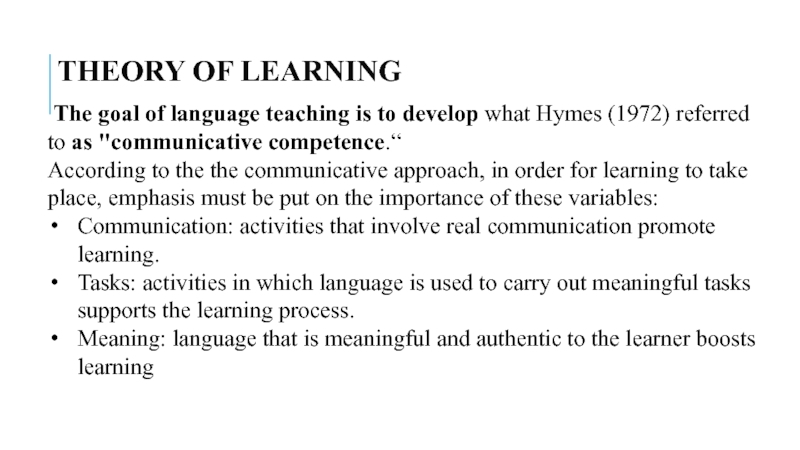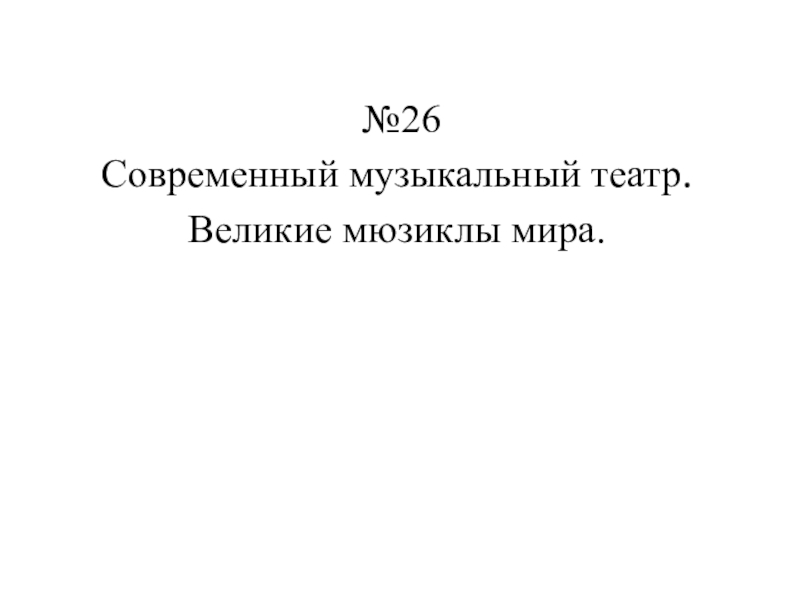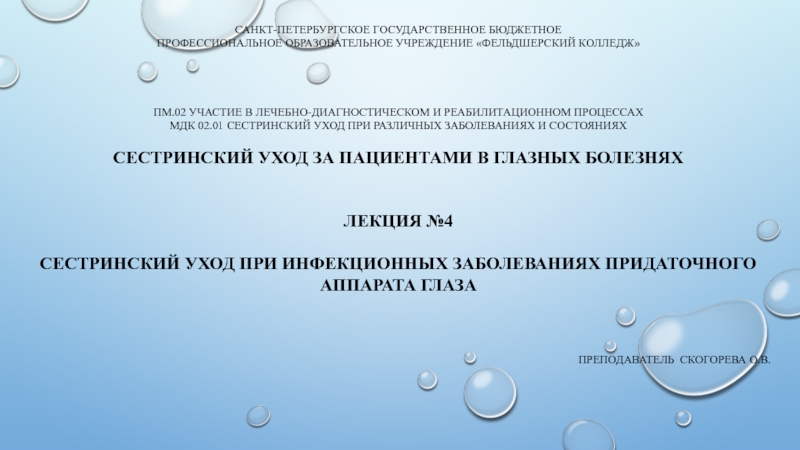Разделы презентаций
- Разное
- Английский язык
- Астрономия
- Алгебра
- Биология
- География
- Геометрия
- Детские презентации
- Информатика
- История
- Литература
- Математика
- Медицина
- Менеджмент
- Музыка
- МХК
- Немецкий язык
- ОБЖ
- Обществознание
- Окружающий мир
- Педагогика
- Русский язык
- Технология
- Физика
- Философия
- Химия
- Шаблоны, картинки для презентаций
- Экология
- Экономика
- Юриспруденция
Communicative language teaching
Содержание
- 1. Communicative language teaching
- 2. Background The Communicative Approach emerged in the early
- 3. GOALS To become communicatively competent To use
- 4. ObjectivesThe main objective of CLT is to
- 5. Theory of Learning The goal of language teaching
- 6. Theory of LanguageTheory of language : language
- 7. principlesWhenever possible authentic language should be introducedThe
- 8. Principles5.Communicative interaction encourages cooperative relationships6.The social context
- 9. EvaluationA teacher evaluates not only the students’
- 10. MaterialsFor beginner students it is possible to
- 11. Techniques Communicative language teaching uses almost any
- 12. Teacher’s roleThe teacher facilitates communication in the
- 13. Student’s role Negotiator.Since the teacher’s role is
- 14. Teacher- students interaction
- 15. Use of the mother tongueCan be used.However, whenever possible the target language should be used.
- 16. Error correction in CLT CLT leads an
- 17. ADVANTAGESCommunicative approach is much more pupil-orientated, because
- 18. DisadvantagesIt pays insufficient attention to the context
- 19. Слайд 19
- 20. References Techniques and Principles in Language Teaching
- 21. Скачать презентанцию
Background The Communicative Approach emerged in the early 1970s as a result of the work of the Council of Europe experts. A group of experts saw the need to focus in communicative
Слайды и текст этой презентации
Слайд 1Communicative language teaching
Prepared by: Kalkabayeva Aidana; Muradova Fatima; Sulayeva Safiya;
Group:
TFL 2E
Слайд 2Background
The Communicative Approach emerged in the early 1970s as a
result of the work of the Council of Europe experts.
A group of experts saw the need to focus in communicative proficiency rather than mastery of structures
Слайд 3GOALS
To become communicatively competent
To use the language appropriate for
a given social context.
To manage the process of relating meaning
with interlocutors..Слайд 4Objectives
The main objective of CLT is to increase the communication
ability of the learners in order to enable them to
cope with their communicative needs in the target situation.Language techniques are designed to engage learners in the pragmatic, authentic functional use of language for meaningful purposes.
Fluency and accuracy are seen as complementary principles underlying communicative techniques
Students should share information which others don’t know.
Слайд 5Theory of Learning
The goal of language teaching is to develop what
Hymes (1972) referred to as "communicative competence.“
According to the the communicative
approach, in order for learning to take place, emphasis must be put on the importance of these variables:Communication: activities that involve real communication promote learning.
Tasks: activities in which language is used to carry out meaningful tasks supports the learning process.
Meaning: language that is meaningful and authentic to the learner boosts learning
Слайд 6Theory of Language
Theory of language : language is for communication
and linguistic competence and the knowledge of forms and their
meanings are part of the communicative competence. Another aspect of this knowledge is to learn the use of the languageСлайд 7principles
Whenever possible authentic language should be introduced
The target language is
a vehicle for classroom communication
Student’s should work with language at
the discourse or supra-sentential levelStudents should be given an opportunity to express their ides and opinions.
Слайд 8Principles
5.Communicative interaction encourages cooperative relationships
6.The social context of the communicative
event is essential in giving meaning to the utterances.
7.The teacher
acts as an advisor during communicative activities.8. Teacher helps learners in any way that motivates them to work with the language.
Слайд 9Evaluation
A teacher evaluates not only the students’ accuracy, but also
their fluency. He can informally evaluate his students’ performance in
his role as an adviser or co-communicator.Слайд 10Materials
For beginner students it is possible to use realia with
out a lot of language.
Language materials authentic to native speakers
of the target language. (news paper, radio and television broadcast, menus, weather forecast, timetables). Слайд 11Techniques
Communicative language teaching uses almost any activity that engages
learners in authentic communication. functional communication activities in which communication
is involved, and social interaction activities, such as conversation and discussion sessions, dialogues and role plays.Слайд 12Teacher’s role
The teacher facilitates communication in the classroom.(Facilitator)
During the activities
he acts as an adviser, answering students’ questions and monitoring
their performance.Independent Participant.
Need analyst.
Counselor.
Group process manager.
Слайд 13Student’s role
Negotiator.
Since the teacher’s role is less dominant than
in a teacher-centered method, students are seen as more responsible
managers of their own learning.Слайд 15Use of the mother tongue
Can be used.
However, whenever possible the
target language should be used.
Слайд 16Error correction in CLT
CLT leads an effective transfer in error
correction in the methods of language teaching. It is believed
that all mistakes need not to be corrected because these are seen as natural outcomes of the development of communication skill. Second language learning is similar to first language acquisition. "Learning to swim, to play tennis, to type, or to read all involve a process in which success comes by profiting from mistakes, by using mistakes to obtain feedback from the environment and with that feedback to make new attempts that successively approximate desired goal"(Brown: 2000).Слайд 17ADVANTAGES
Communicative approach is much more pupil-orientated, because it is based
on pupils’ needs and interests.
Communicative approach seeks to personalise and
localise language and adapt it to interests of pupils. Meaningful language is always more easily retained by learners.Seeks to use authentic resources. And that is more interesting and motivating for children.
Children acquire grammar rules as a necessity to speak so is more proficient and efficient.
Слайд 18Disadvantages
It pays insufficient attention to the context in which teaching
and learning take place
The Communicative Approach often seems to be
interpreted as: “if the teacher understands the student we have good communication” but native speakers of the target language can have great difficulty understanding students.Another disadvantage is that the CLT approach focuses on fluency but not accuracy. The approach does not focus on error reduction but instead creates a situation where learners are left using their own devices to solve their communication problems. Thus they may produce incoherent, grammatically incorrect sentences.







































